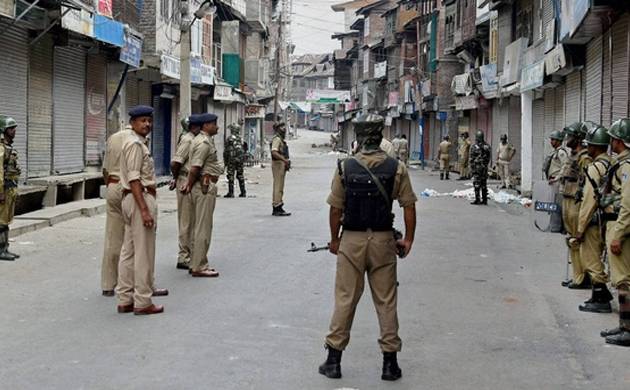State of Jammu and Kashmir has been in dispute since India’s independence. We can say, 70 years of Independence and for this state, 70 years of struggle. Meeting and having conversations with the locals of the areas where disputes are part and parcel of daily life was softening and heart-breaking. It made me feel how blessed we are to deal…
Month: August 2016
Journey of Indian Flag
Before moving on to the history of Indian flag, let me answer, Why Do Countries Need a Flag? Each country needs a flag as a visual representation of its people—and to distinguish it from other nations. A flag is also a code of honor. When anyone sees an Indian flag, he gets reminded of a country called the India and…


